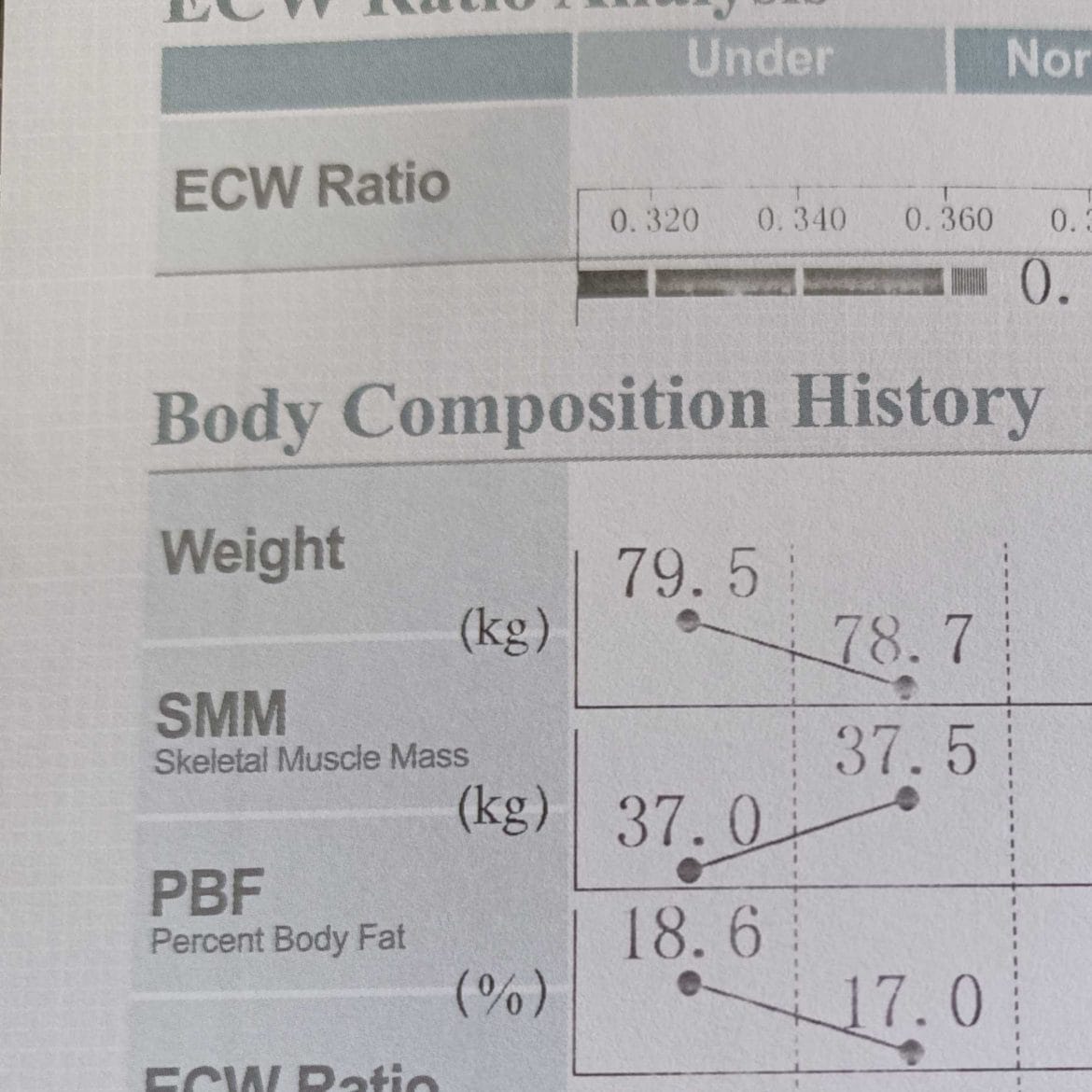One of the many benefits of our PT program is the access our coaches have to our InBody scanner. Although body composition is only one of many methods of tracking progress, it is often the one people can be most concerned about, in particular: bodyweight. There are many different aspects to consider when we monitor the progress our clients make, many of which go unnoticed by the client and they can be as, if not more, important than bodyweight.
PROGRESS
Progress in any fitness or wellness journey is multifaceted. At Activate, we as coaches ensure our clients take a holistic approach to their health and fitness journey. We meet our personal training clients weekly, and program accordingly based on their goals. However, there is many hours left in the week outside of their scheduled PT hours. Our goal at Activate is to set our clients up with a skillset that allows them to take control of their own journey. In order to do this, we advise clients on other important facets of a healthy lifestyle, including but not limited to:
- Exercise habits outside of personal training sessions
- Fluid consumption
- Mindfulness
- Maintaining a regular sleeping pattern
- Enjoying a balanced diet
- maintaining a non-sedentary lifestyle (i,e., getting those steps in!)

The InBody
Unfortunately, many people focus too much of their attention on what the weighing scales say. There are many flaws with using the scales as your only measure of progress. The accuracy of results can be affected by many components including whether you have eaten or not, weighing yourself at the same time every day, water retention, menstruation and many more. The most obvious weakness is that the majority of people use a ‘regular’ weighing scale, which only tells you your bodyweight and not your body composition. This means that it cannot display your skeletal muscle mass and fat mass values. It can be very disheartening for clients when they have put in a lot of work and don’t see the results they were hoping for on the ‘regular’ scales. At Activate, we are lucky to have the use of the InBody, which gives us a broad range of results including weight, skeletal muscle mass (SMM), body fat (PBF) and water ratio. Often clients may see their weight (kg) hasn’t changed but they may have lost body fat and gained muscle mass. Similarly, it is an equally important tool for clients who need to put on weight or muscle mass.
CLIENT WIN
For example, a client of mine recently completed their second InBody, 6 weeks after they started PT and 6 weeks after their first InBody. On top of giving their all in PT sessions, this client has really bought into the holistic approach to their health journey and has made lifestyle changes that are affecting them positively. On doing their second InBody, they noticed that their weight hadn’t changed much. After explaining the other values (SMM and PBF) they realised that they had dropped 1.6% body fat and gained .5kg in muscle mass. More importantly, they feel like they have more energy, they are sleeping better and the majority of their familiar aches and pains (back, knees, hips) are gone.

Results like these are achievable when the right approach is taken. This client now knows that for them, what the ‘normal’ scale says in relation to their bodyweight (kg) isn’t important as their goal is to increase muscle and lose fat, which they are achieving. On top of this, they are leading a healthier lifestyle and feel the impact the changes they have made are of more value than what any scales say.
Don’t rely on your bodyweight results being your only measure of progress, you may be underappreciating all the other improvements you are making.
